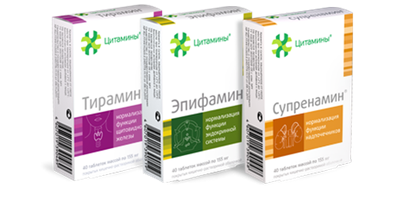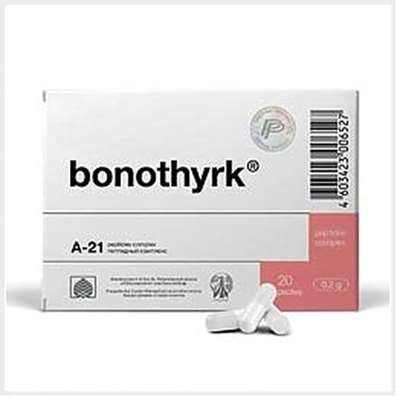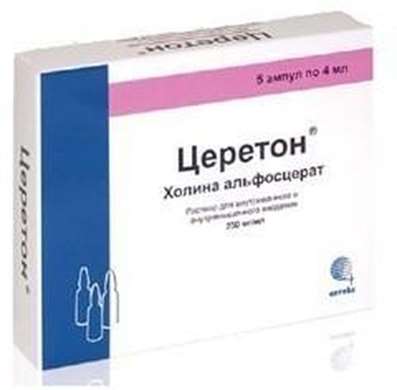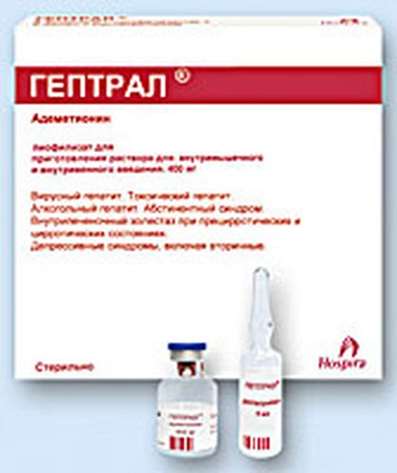Membrane-antibiotics
01 Nov 2016
Biophysicist tells about the problem of resistance, antibiotics and optimization pitfalls. How we have traditionally tried to solve the problem of stability of pathogenic bacteria to antibiotics? What tasks has set itself modern biomedicine, to solve the problem of resistance? How do lantibiotics? And what properties have a lipid-II molecules are?
One of the pressing problems of biomedicine is the problem of stability of pathogenic bacteria to the drugs with which try to deal with them. The problem arose with the advent of the first antibiotics and still has not been solved. People are trying to develop more and more new more effective drugs that help fight bacterial infections.
For example cytamine Cerebramine is good for brain. Peptide Bonothyrk is excellent for health parathyroid glands.
There is a large group of antimicrobial peptides, which act on the bacteria membrane form therein defects, pores, and thus the membrane by osmotic shock dies because the difference disappears in the concentration of various ions inside and outside the bacterial cell it.
Lantibiotics - is quite unusual peptide compounds because they are not only of the canonical residues, but contain chemically modified amino acid residues with non-standard chemical structure. Such lantibiotic molecule is the sequence of several macrocycles, unlike conventional linear antibacterial peptides.

 Cart
Cart





